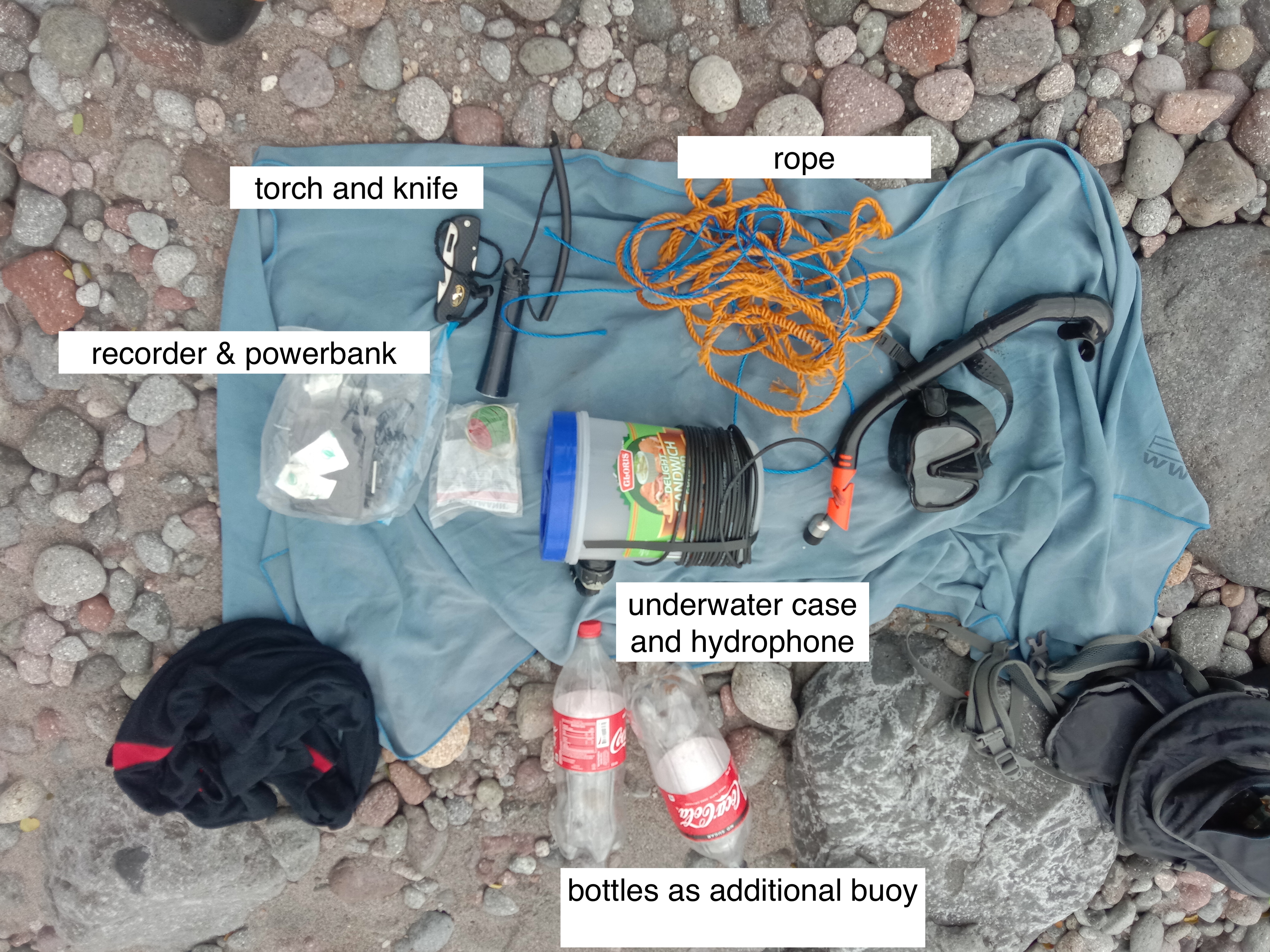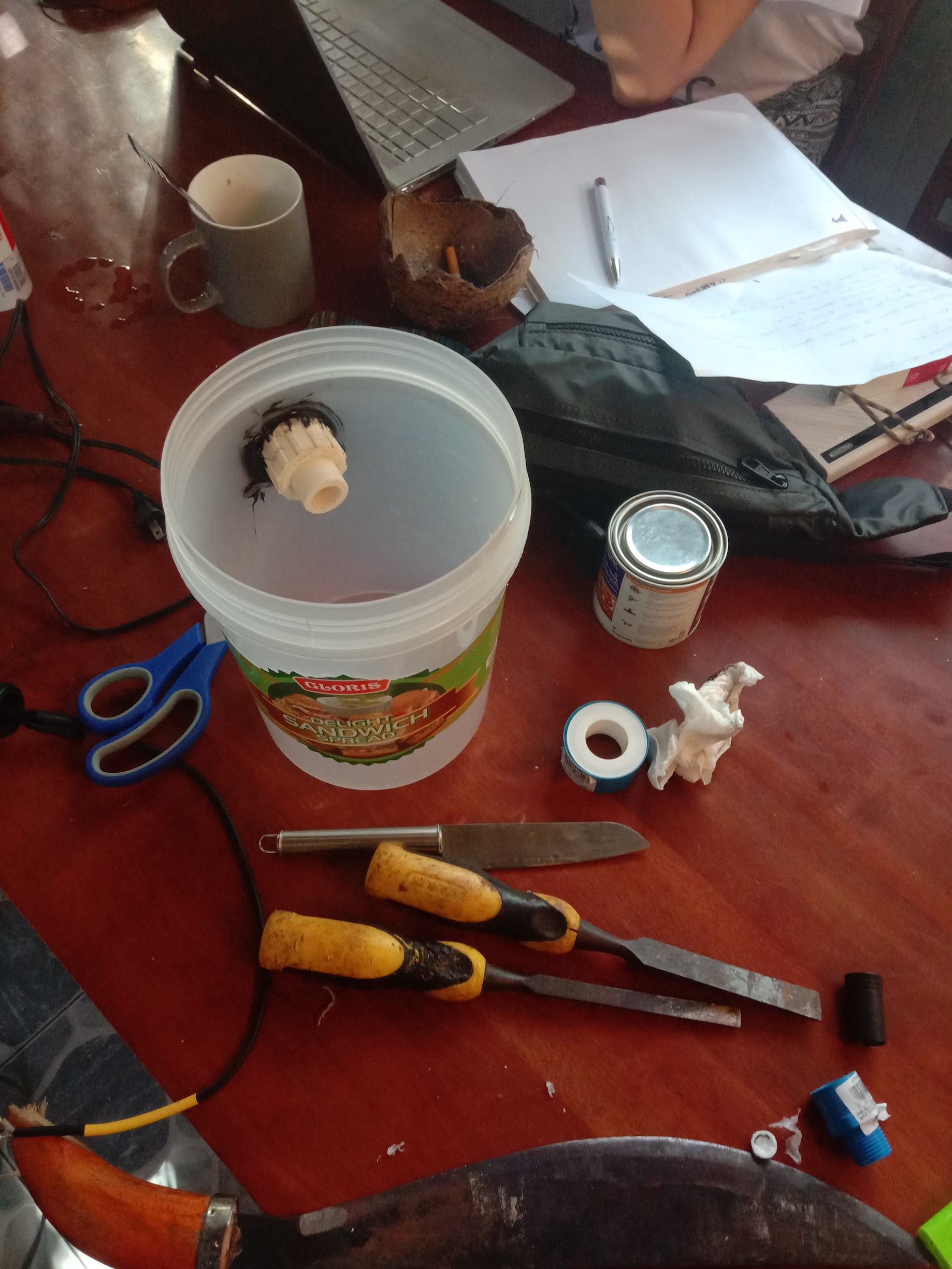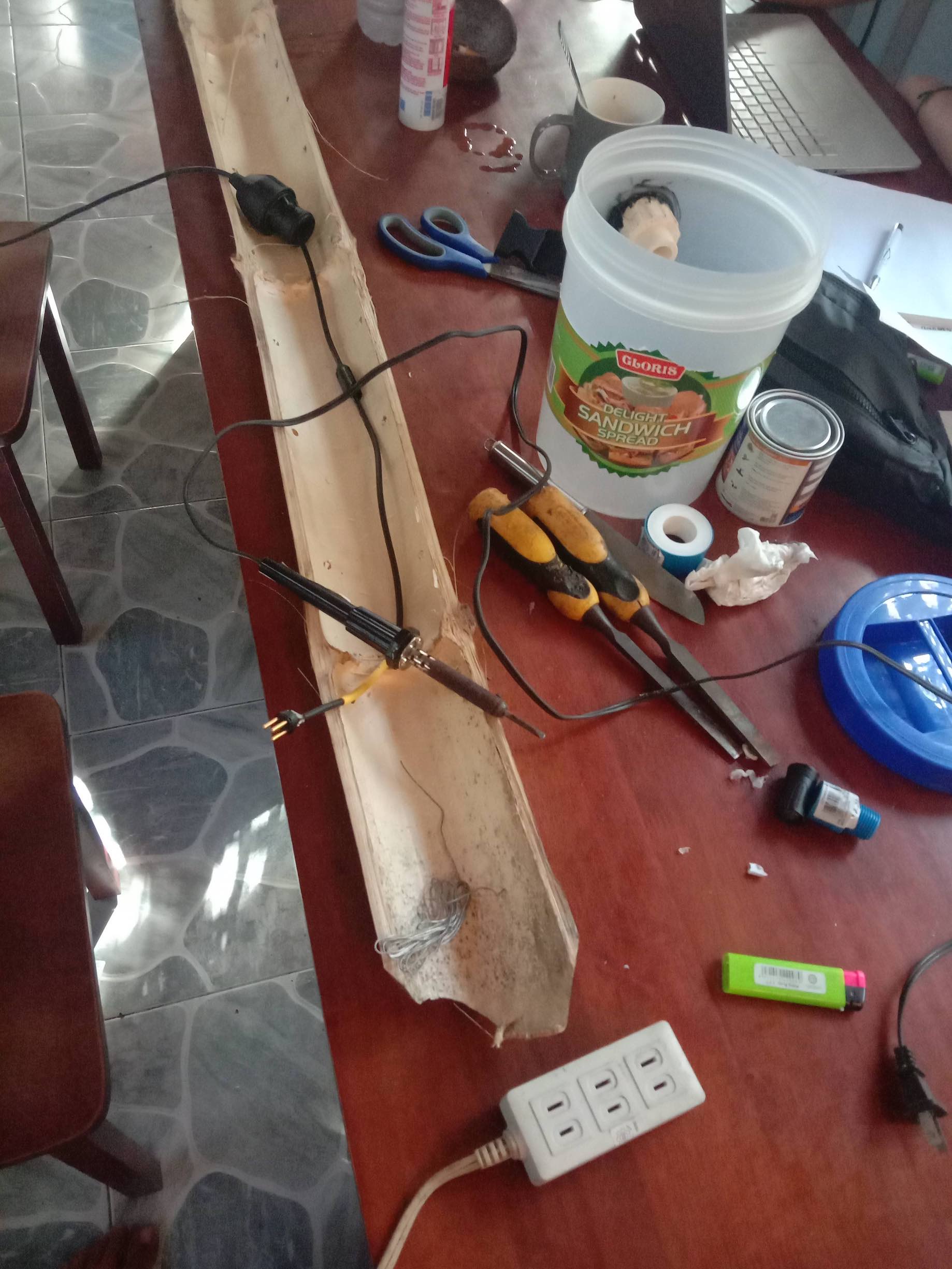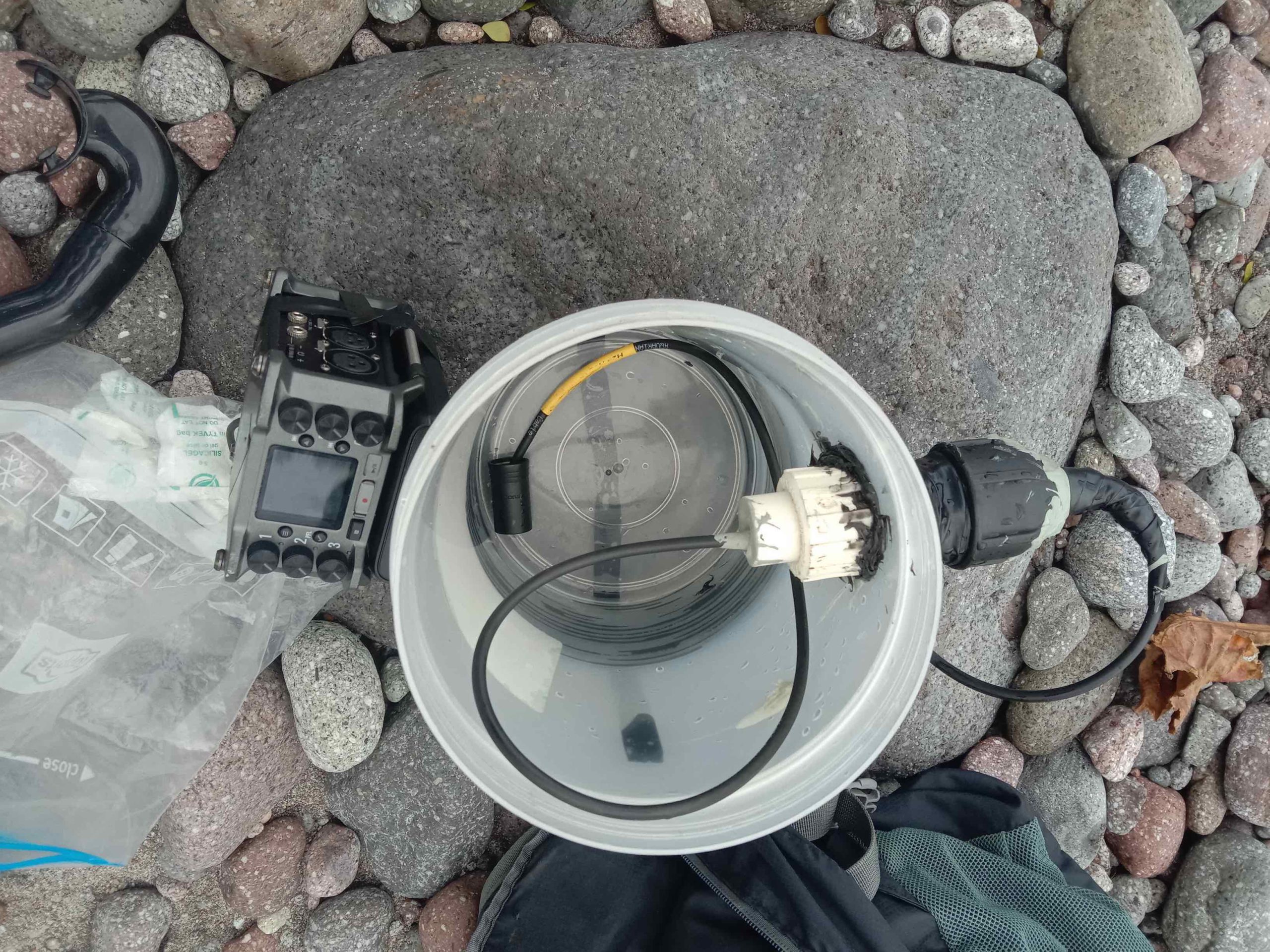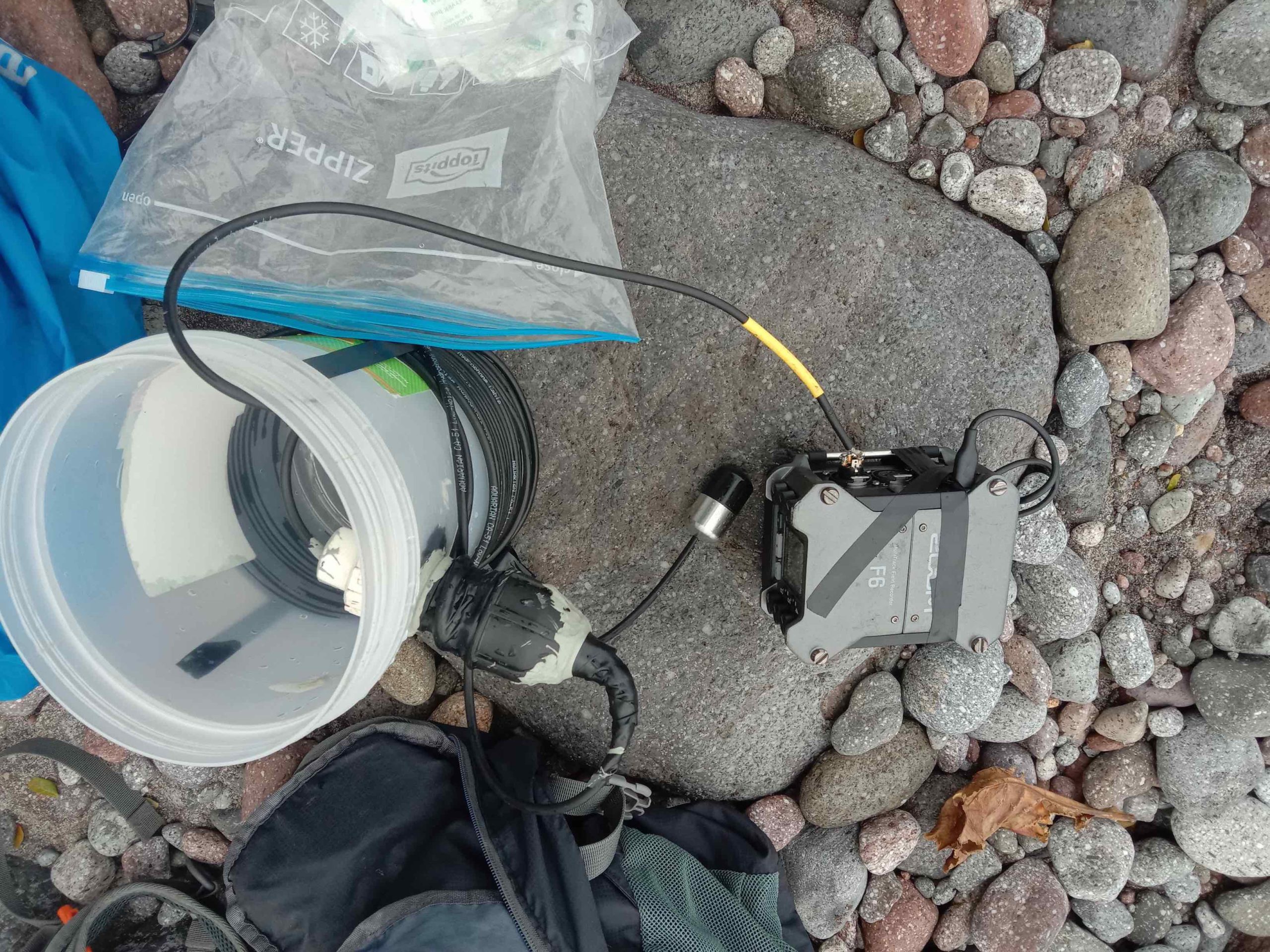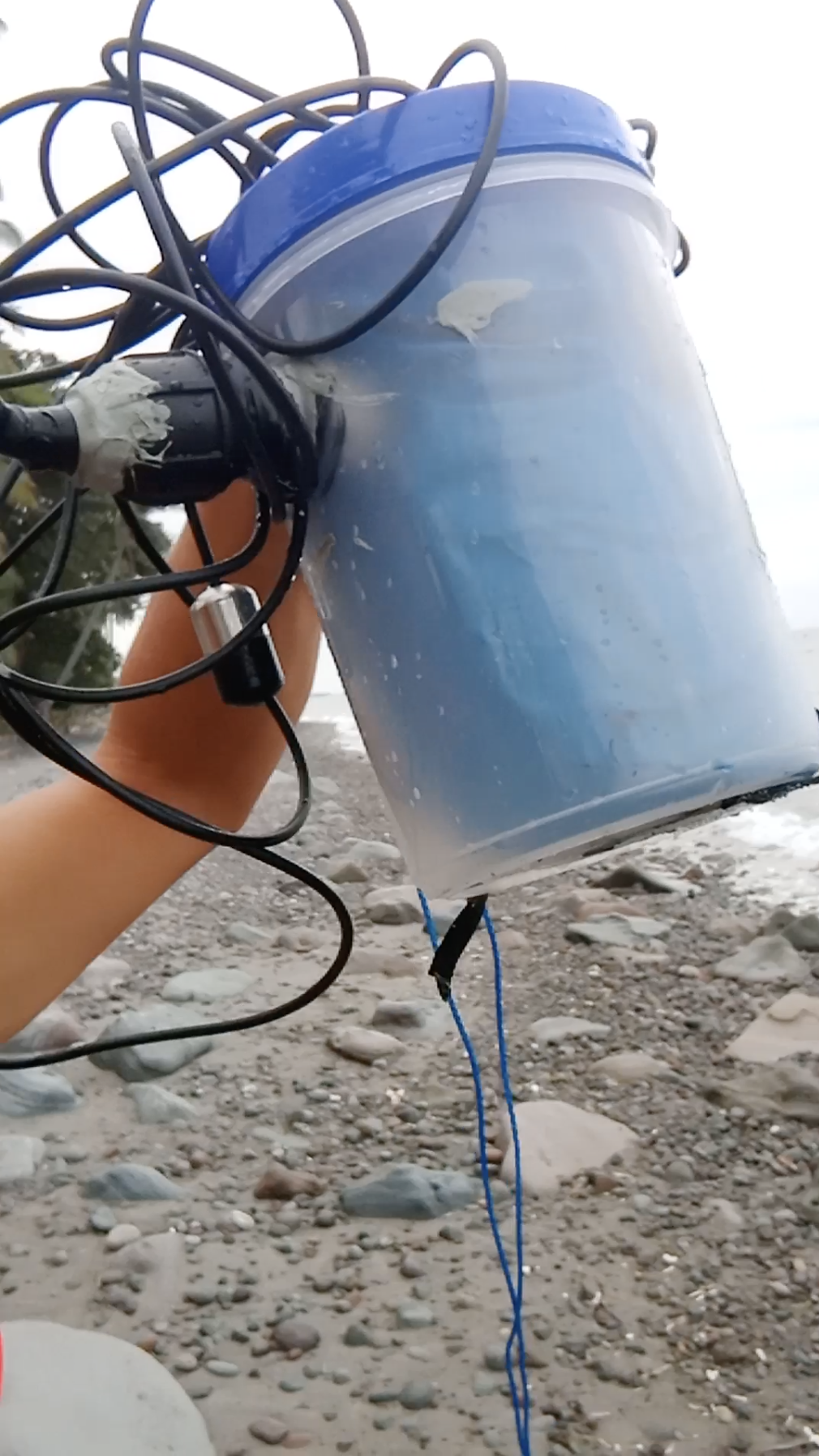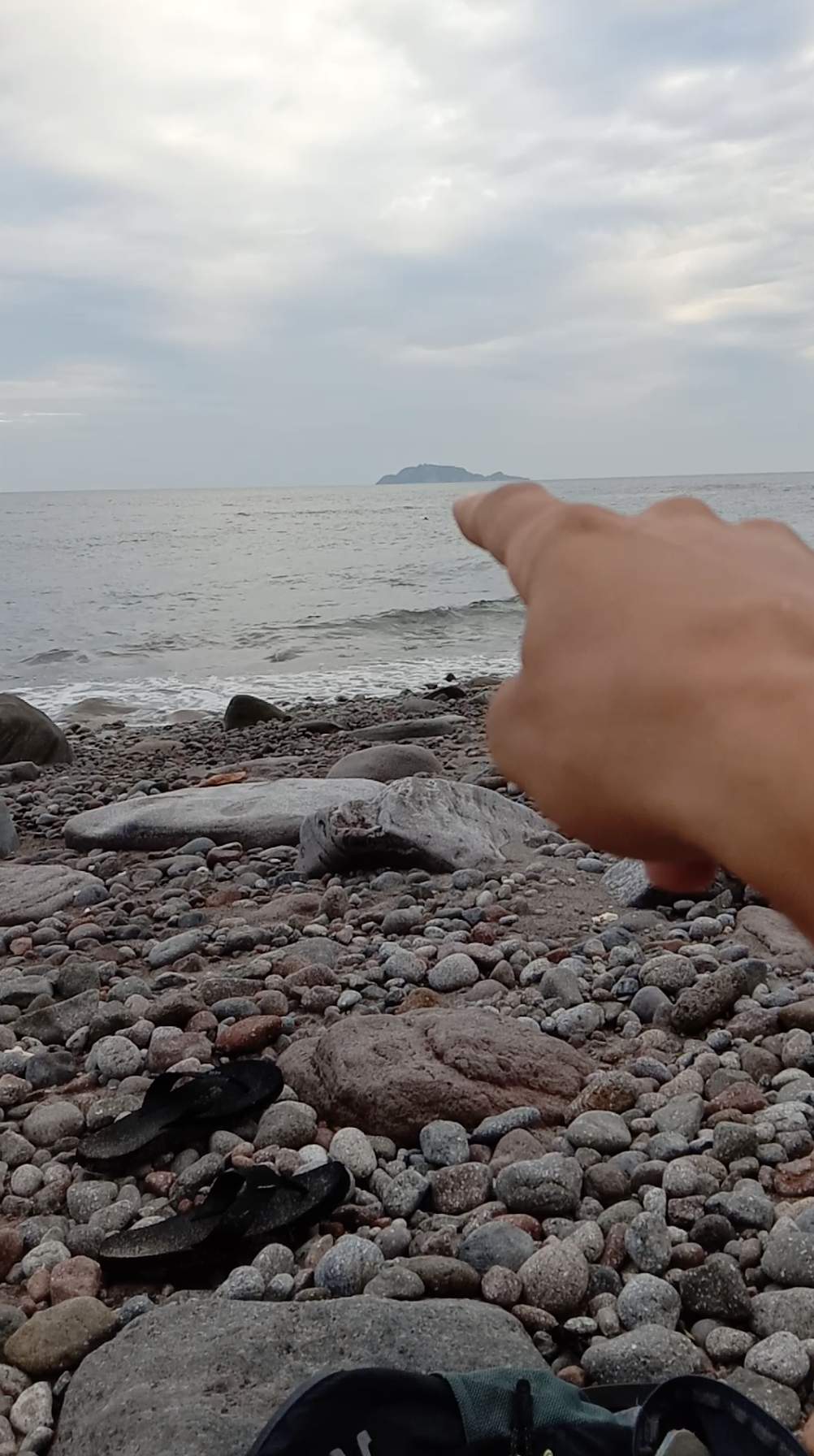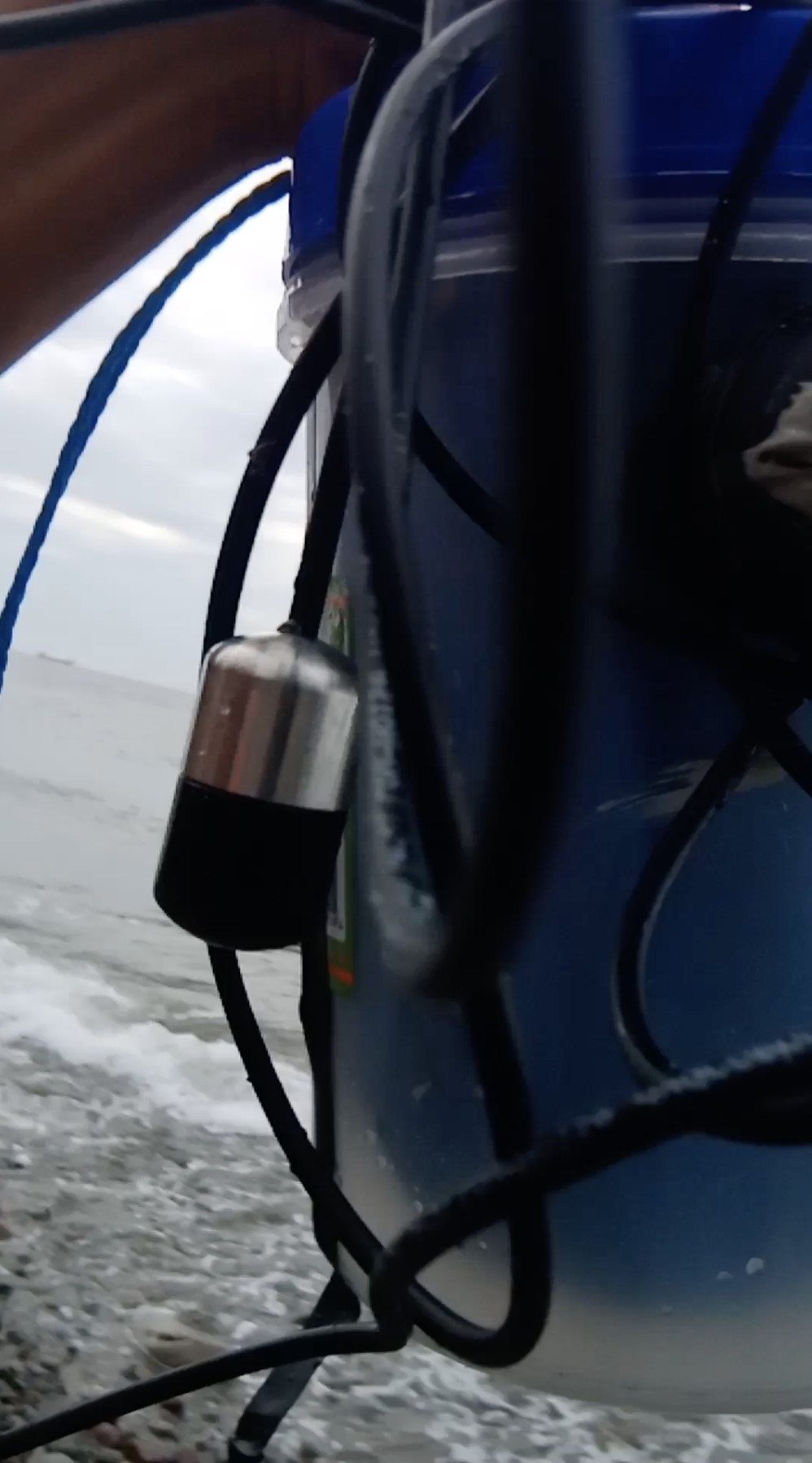This blog is also about listening. So please put on your headphones.
Some of you may have heard about the recent experiment, in which researchers have placed underwater loudspeakers in degraded coral reefs and played audio recordings taken from healthy reefs. They wanted to see if the recordings would attract the fish to come back and in this way counteract the reef degradation. The experiment showed an effect and it seemed that some fish were repopulating the reef. Studying the sonification of coral reefs and the acoustic environment of the underwater world is a new and fascinating field.
Driven by curiosity and enthusiasm I wanted to build my housing for my recorder, one which would enable me to make underwater recordings of coral reefs, without having to sit on a boat or a surfboard. It had to satisfy two of the following requirements:
It should be leakproof
It should float
I was on the island of Negros Oriental in the Philippines and didn’t have access to sophisticated gear or expensive fancy things. I had to make it simple.
While looking for a container, a hard plastic box seemed to be the best solution. I was looking for bottles, Tupperware or jerricans. The bottles were too small for the Zoom F6 recorder and I couldn’t find proper Tupperware with good closure. The Jerricans, which are very common in the Philippines, for getting water from the refilling stations, appeared to be perfect for my needs. I could pull out the tap and have a hole with a sealing ring, the perfect size for the hydrophone cable. Unfortunately, the screw cap on the top was too small for the recorder.
One day, in the market in Malatapay, I saw the perfect object, a former sandwich box! It had the shape of a cylinder and a solid screw cap. I went to a hardware shop, bought some sockets, which seemed suitable for plumbing and silicon. Back home I made a hole with my machete, took out the metal shell of the XLR cable to fit through the socket, screwed the sockets into the hole and sealed everything with silicon. In the end, I soldered the wires again with the pins and voila, an underwater case was born.
It was not bombproof and I doubted it would float, not to mention stay dry.
The first test in the ocean was promising. I pushed the sandwich box deeper in the water and it was not leaking.
The idea was to attach the sandwich box to a buoy over the coral reef, wrap the microphone cable around the rope of the buoy and bring the microphone to the seabed. I put the recorder with a power bank in a plastic bag, this in turn inside a soft waterbag, sealed by a rubber ring.
Bringing it out to the sea proved to be easy. I fixated the hydrophone with a big stone on the seabed to prevent it from moving around due to the currents and swam back in agitation.
In the following hour, I was closely monitoring the box, ready at any moment to jump into the sea, in case the strong waves would make the box sink or wash it away.
Fortunately, none of this happened and A(B)SURD was not as absurd after all.
Here you can listen to an excerpt of the recording. Can you tell which fish is singing?
…more to come in the future
[responsivevoice_button voice=”UK English Female” buttontext=”Listen to Post”]

